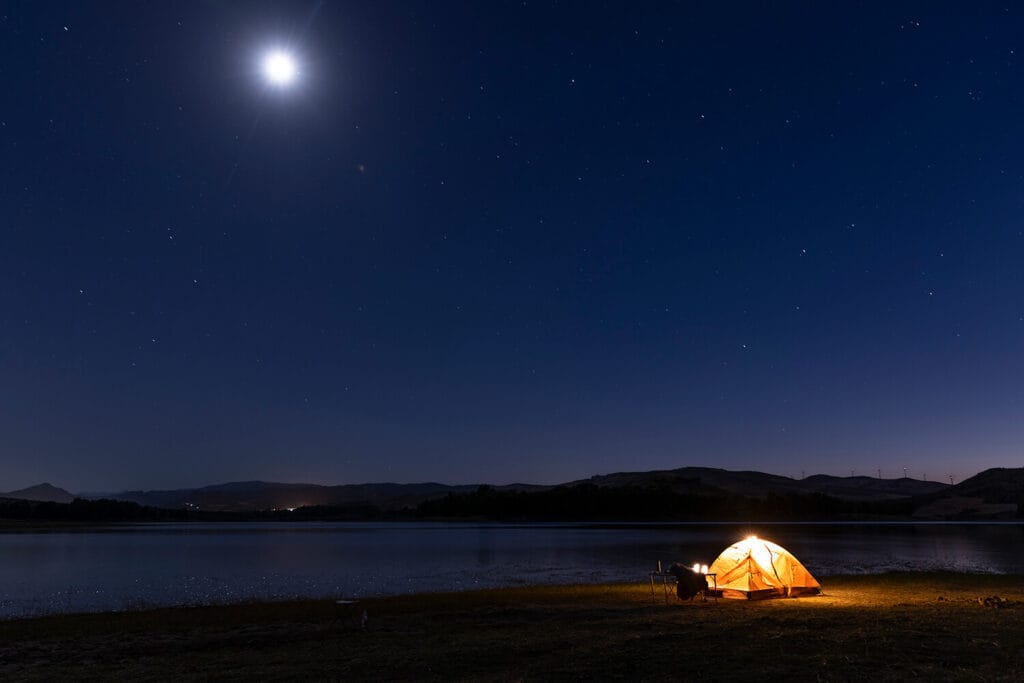
Stargazing Road Trips Midland – Best Dark Sky Escapes
When the city lights fade in your rearview mirror and the sky above turns into a canvas of stars, you
Home » Stargazing
If you love clear skies, quiet nights, and the beauty of the cosmos, a Texas road trip built around stargazing offers unforgettable views and peaceful escapes. Thanks to its wide-open landscapes and dark sky parks, Texas is one of the best states in the U.S. for astronomy lovers. Whether you’re catching the Milky Way over West Texas or watching meteor showers in Hill Country, stargazing adds wonder to any drive. Our stargazing road trip guides highlight the best spots for night sky viewing, including state parks, observatories, and remote campgrounds — plus tips on when to go and where to stay.

When the city lights fade in your rearview mirror and the sky above turns into a canvas of stars, you
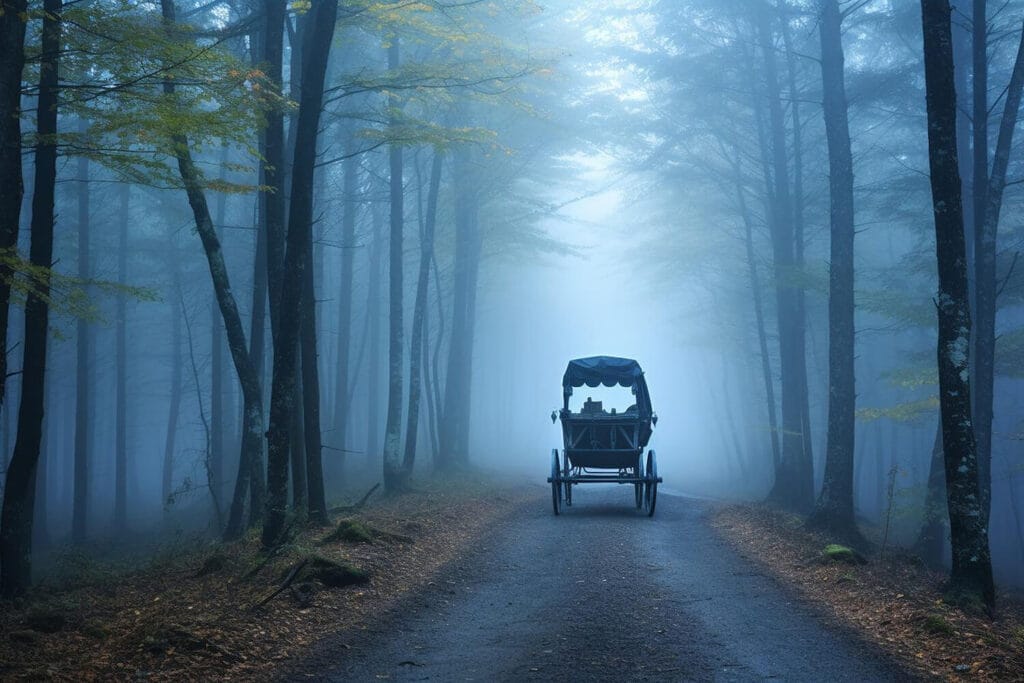
Craving a road trip with a chilling twist? A spooky road trip to Odessa’s haunted and historic sites is the
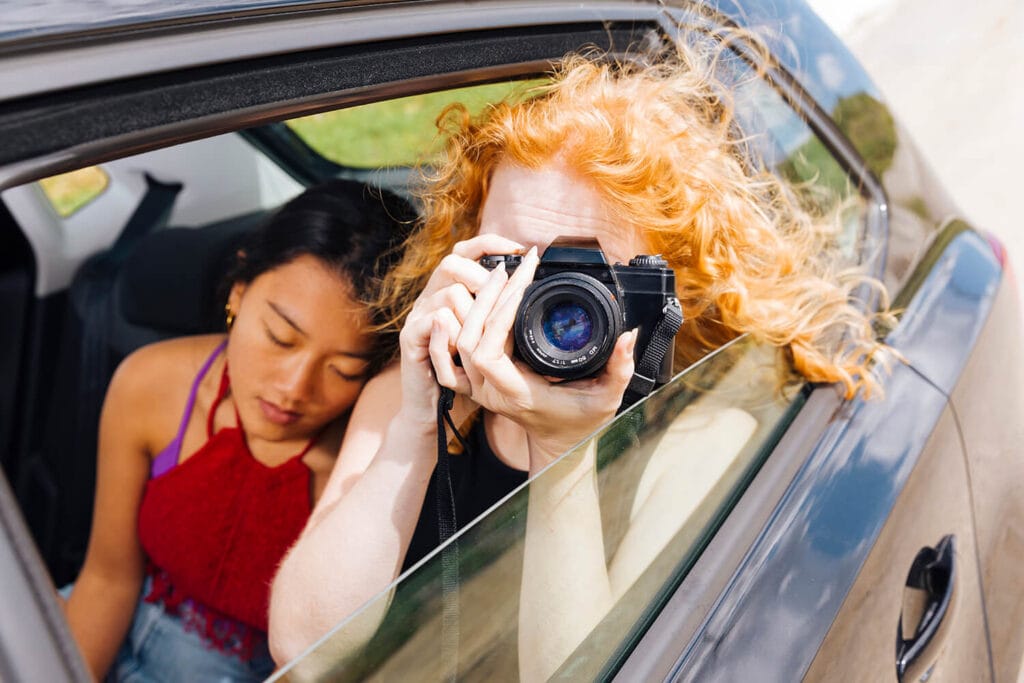
Craving wide skies, golden light, and once-in-a-lifetime photo ops? A photography road trip through Odessa’s West Texas beauty is the
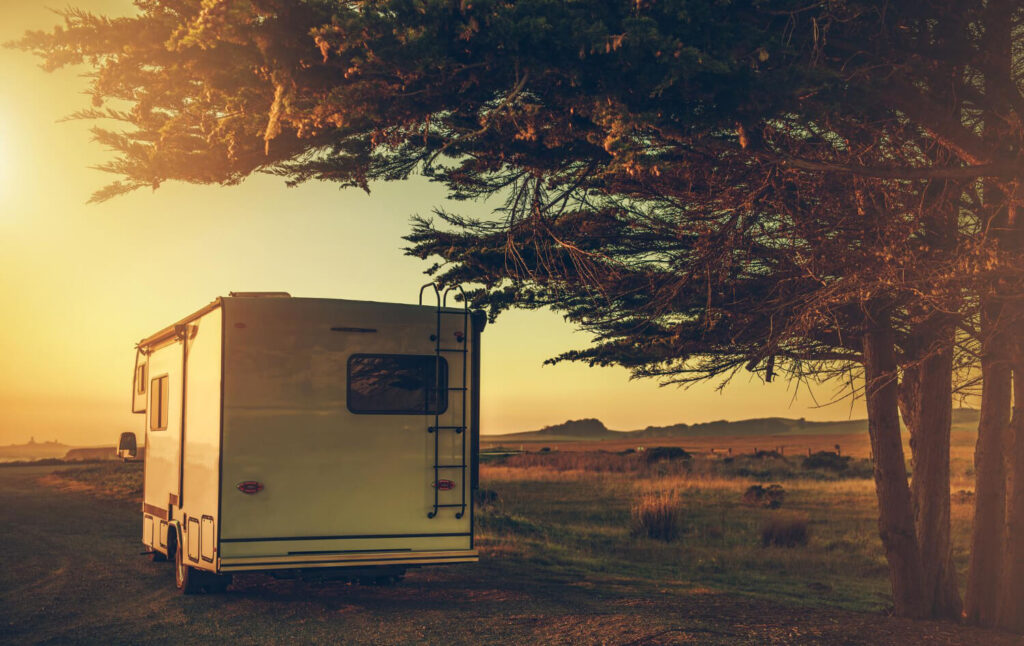
If wide skies, starlit nights, and the peaceful solitude of the desert call your name, then a camping road trip
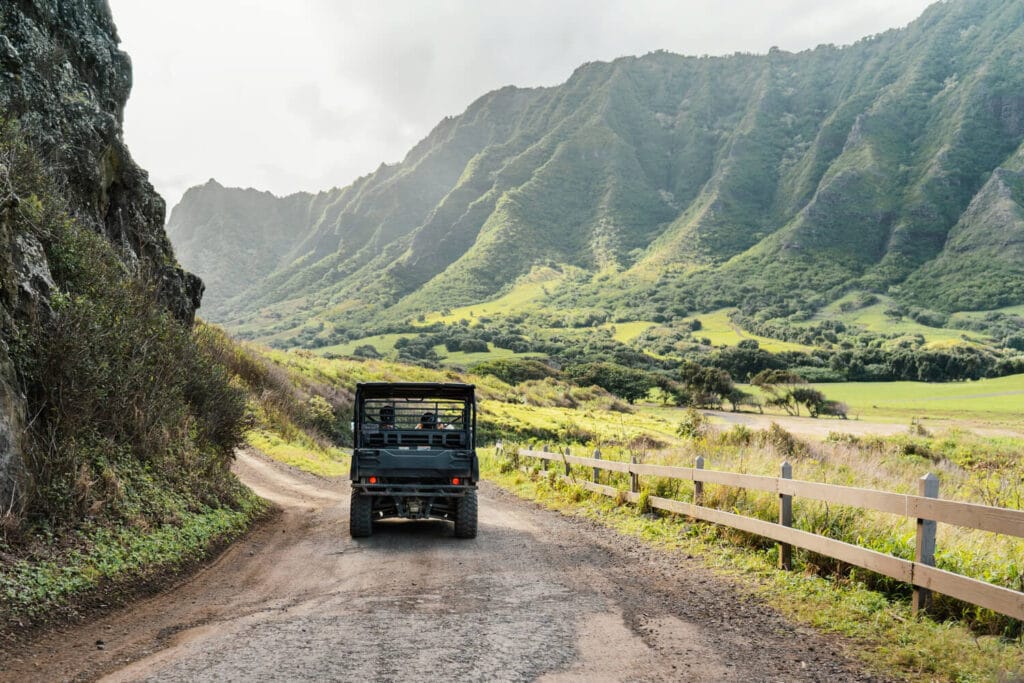
Craving a peaceful escape where the miles melt away and the horizon never ends? A scenic desert drive to Odessa

Looking to escape the ordinary and reconnect under the wide-open skies of West Texas? A romantic road trip to Odessa’s
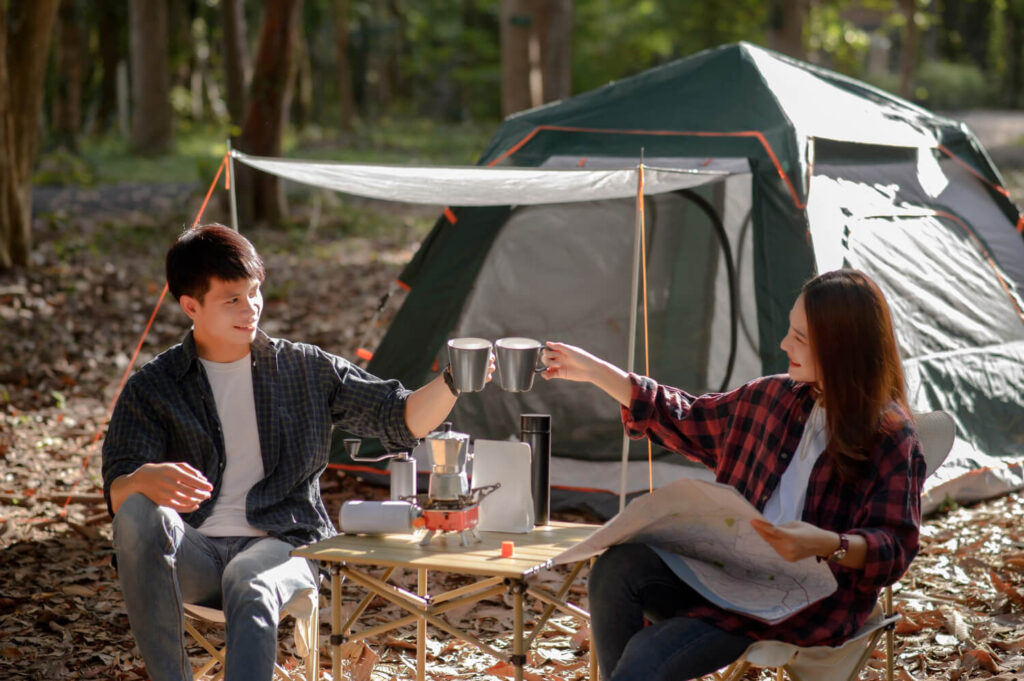
If your ideal road trip includes waking up to birdsong, roasting marshmallows under the stars, and enjoying the great outdoors

For photographers, Midland isn’t just an oil town—it’s a gateway to surreal skies, sprawling dunes, and rugged beauty. A photography

Craving fresh air, starry skies, and a break from city noise? A camping road trip near Midland, Texas offers everything
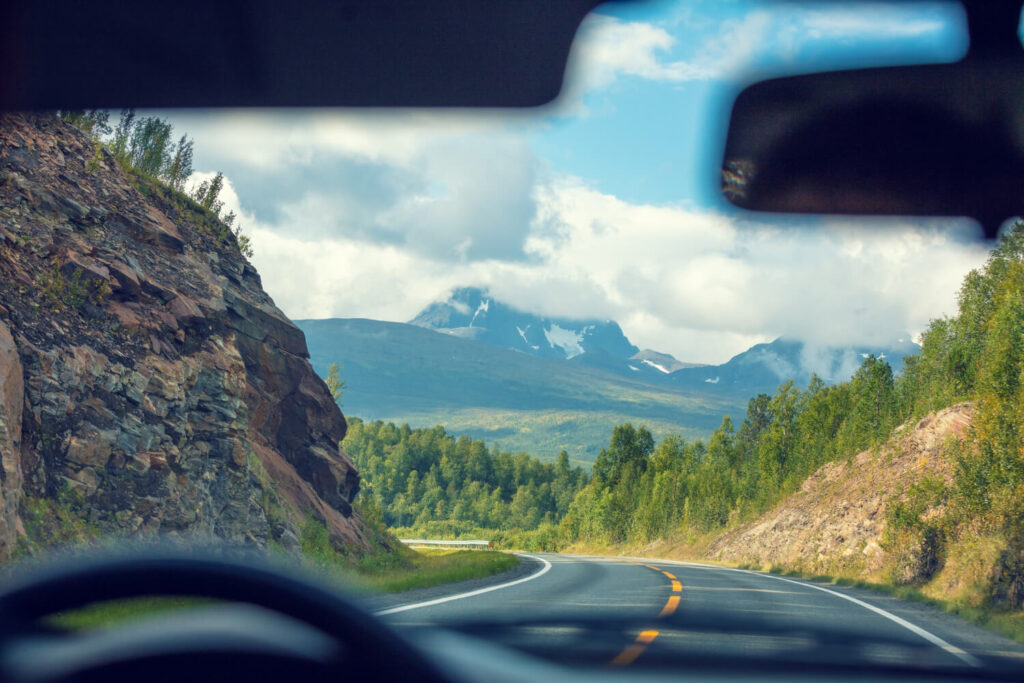
Planning the ultimate road trip to Killeen, Texas? Whether you’re setting out from Austin, Dallas, or San Antonio, this Central

Family-friendly road trips to Killeen, Texas are an easy win for parents looking to blend fun, education, and affordability in
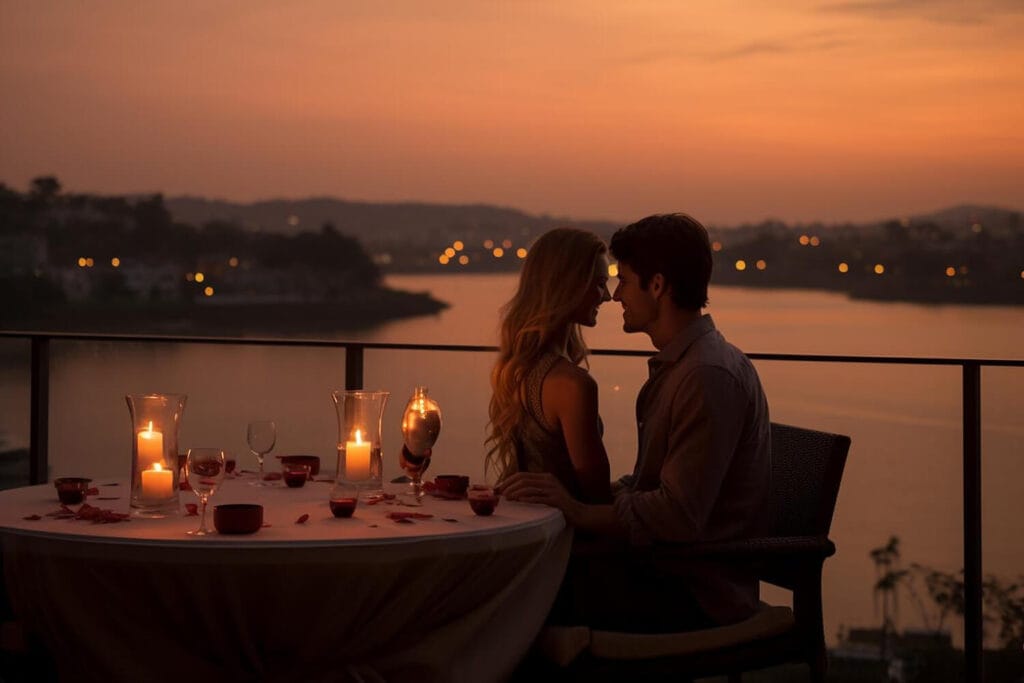
Romantic weekend road trips to Killeen’s hidden gems offer couples a refreshing blend of tranquility, nature, and small-town charm. Located
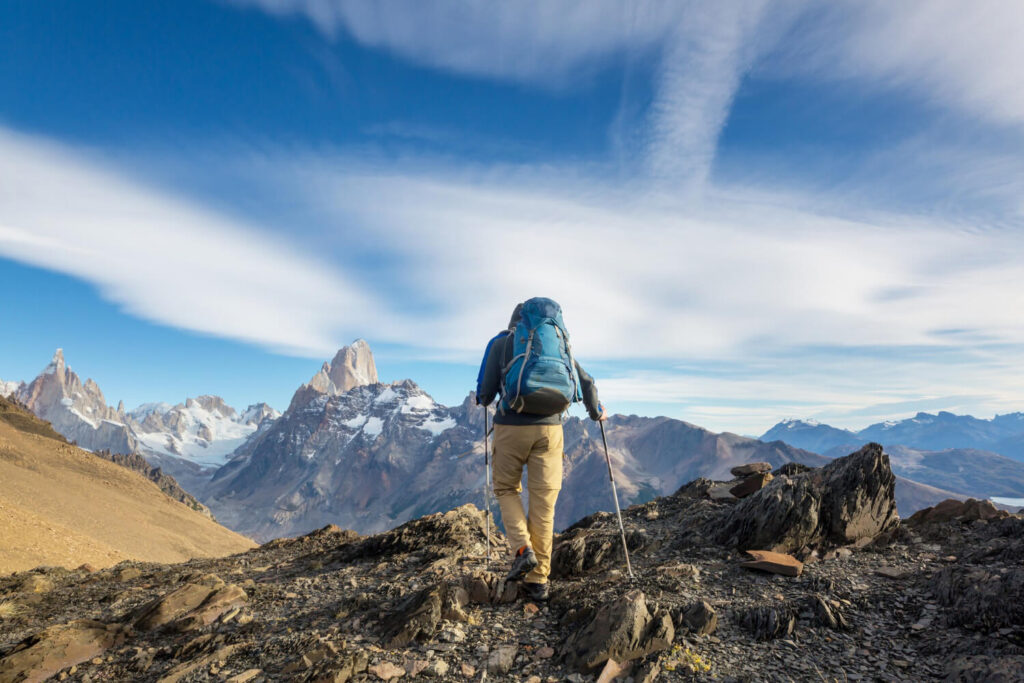
Outdoor adventure road trips around Killeen’s parks and trails offer a refreshing way to escape the routine and reconnect with
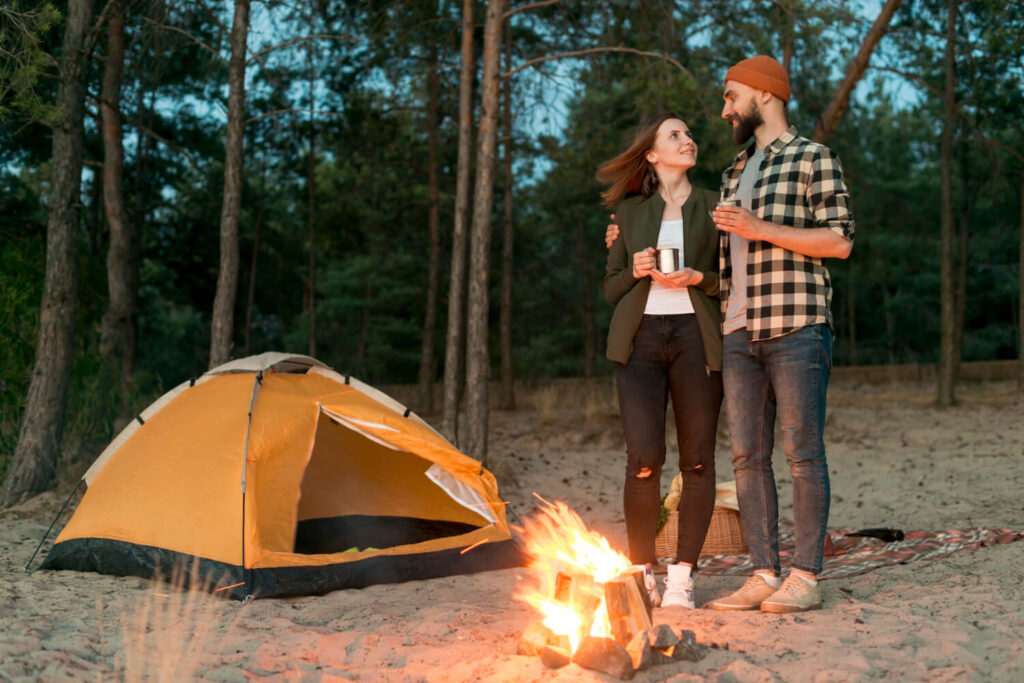
Camping near Killeen is a road tripper’s dream. Whether you’re looking for tranquil lakefront sites, well-equipped campgrounds, or rugged tent-only
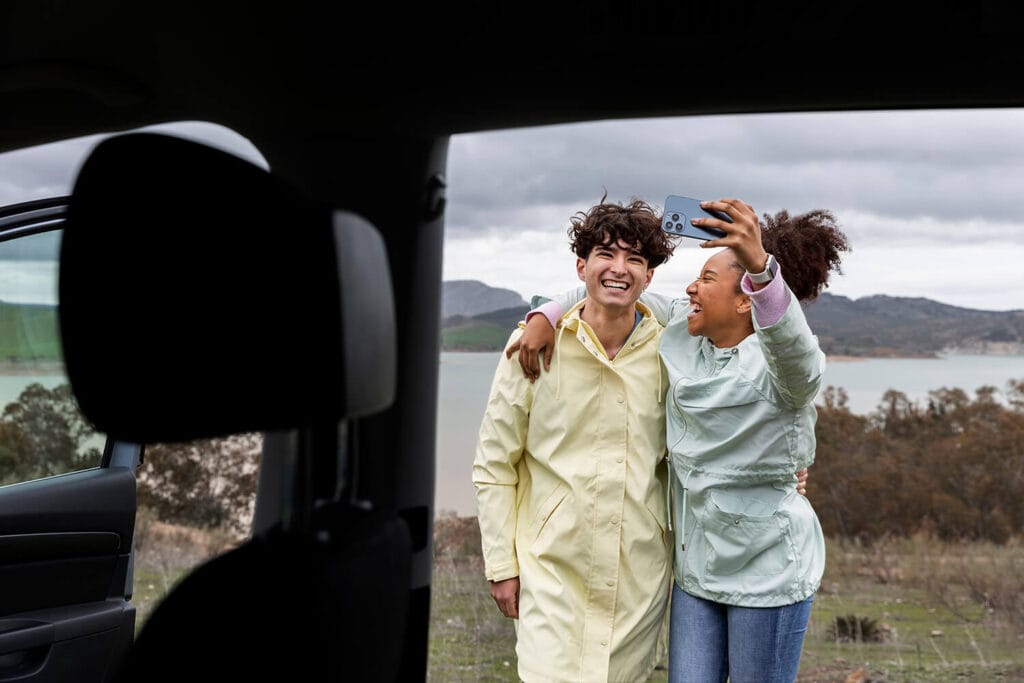
If you’re a photographer seeking scenic landscapes, wildlife encounters, and dramatic Texas skies, a photography road trip around Killeen’s nature
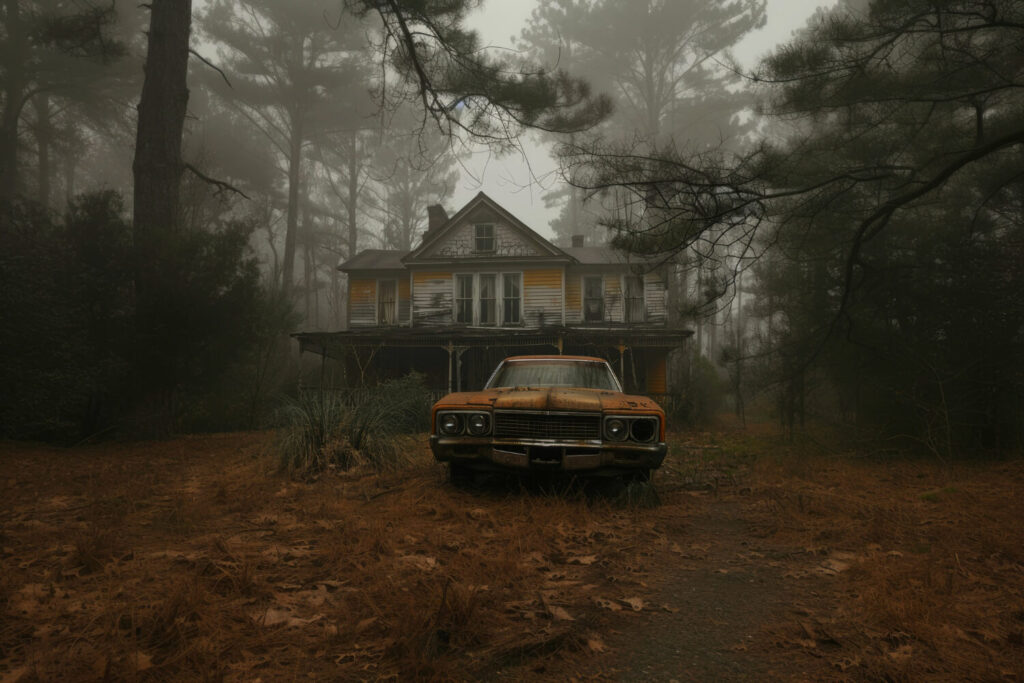
If you’re a thrill-seeker craving ghost stories, spine-tingling history, and shadowy legends, haunted road trips near Killeen are sure to
Top destinations include Big Bend National Park and Big Bend Ranch State Park, both certified as International Dark Sky Parks. McDonald Observatory in Fort Davis offers guided star parties, while Enchanted Rock and South Llano River State Park are great Hill Country options. Copper Breaks State Park and Devils River SNA are excellent in North and West Texas. Our guides connect these stargazing gems to scenic drives and nearby accommodations.
Fall and winter bring the clearest skies and least atmospheric haze. Spring is ideal for meteor showers like the Lyrids, while summer offers a great view of the Milky Way. Avoid full moon weeks for darker skies. Our seasonal road trip planners include moon phase charts, optimal stargazing times, and annual celestial events to help you plan the perfect night under the stars.
Yes! You can enjoy incredible stargazing with just your eyes. Binoculars enhance the experience, and stargazing apps can help identify constellations and planets. Some parks offer telescope viewing nights. Our guides suggest the best locations for both casual stargazers and experienced amateur astronomers — plus packing tips for comfort, warmth, and visibility.
Yes — McDonald Observatory is the most famous, offering tours, telescope viewings, and astronomy talks. Some state parks host Night Sky Programs with rangers. Cities like Austin and Houston also have observatories and planetariums open to the public. Our road trip guides list observatories by region, with booking info and event calendars to align your visit with special programs.
Absolutely. Many top stargazing parks offer campsites or nearby lodges. Camping at Big Bend, Caprock Canyons, or Copper Breaks gives you front-row seats to the night sky. Some glamping sites and eco-lodges also cater to stargazers. Our guides include where to camp, what to bring, and how to stay warm and safe during night sky adventures.
Yes — with some basic safety precautions. Choose well-maintained parks, let someone know your plans, bring a flashlight with a red filter, and avoid wildlife-sensitive areas. Many locations are family-friendly and offer restroom facilities. Our family road trip guides include safe, low-light-pollution areas with amenities and ranger support so you can enjoy the stars worry-free.
Essentials include a blanket or reclining chair, headlamp or red flashlight, warm layers, bug spray, snacks, hot drinks, and a star map or astronomy app. If photographing the night sky, bring a tripod and camera with manual settings. Our detailed stargazing packing list ensures you’re ready for magical nights under Texas’s vast and beautiful sky.
Filter by city, theme, or trip length. Your perfect journey starts here.